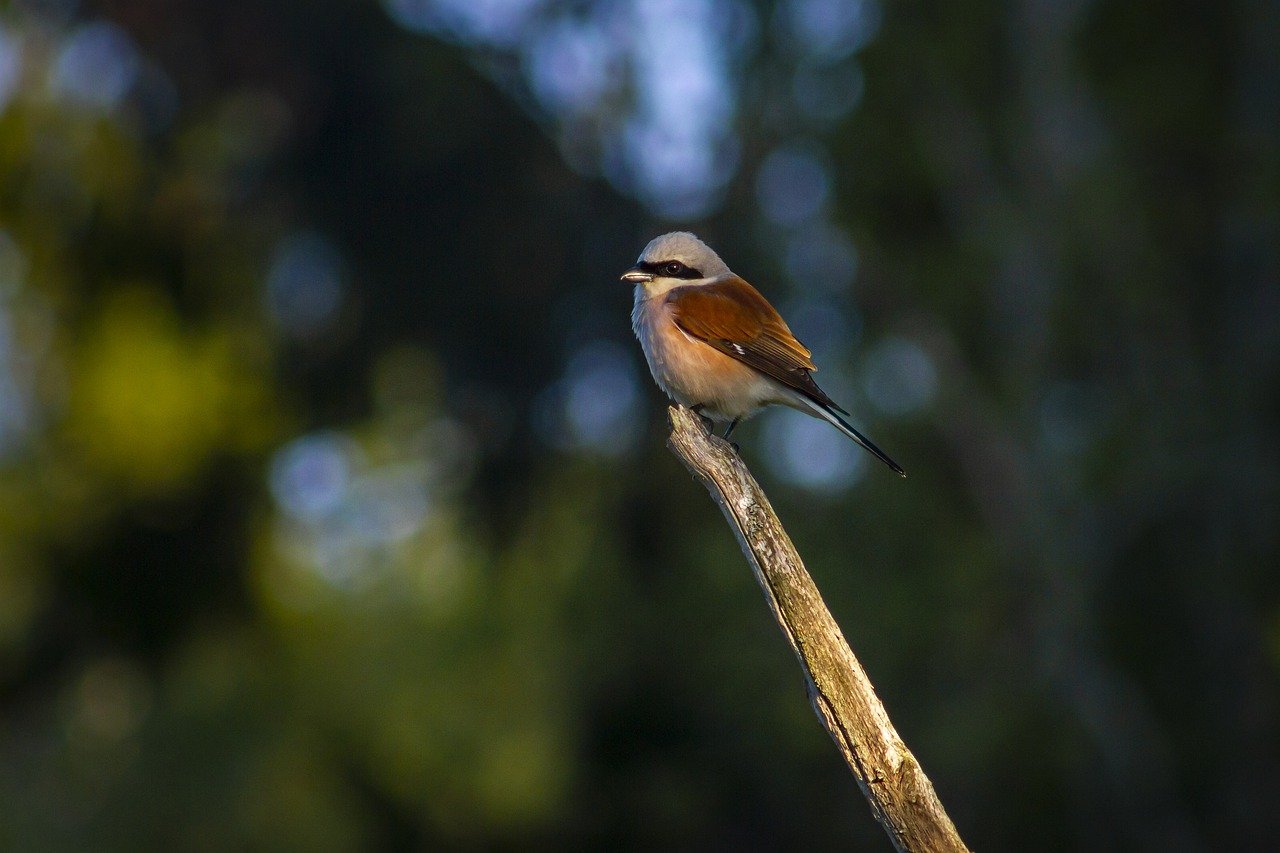Density and breeding success of Red-backed Shrike Lanius collurio at Lovön near Stockholm
DOI:
https://doi.org/10.34080/os.v16.22713Keywords:
population studies, breeding biology, climate effectsAbstract
The density of Red-backed Shrikes Lanius collurio was determined in 2004 and 2005 at Lovön, a 20 km2 island. In spite of its proximity to Stockholm, the island has retained much of the older rural landscape with components favored by the shrikes. There were about 40 sites that were judged suitable for breeding, and all these sites were examined both years. Each year 20 sites were occupied, and in both years together, 30 sites were used. The density of one pair per km2 is at par with that of another study of a mixed landscape in the same province (Uppland) but about two times higher than the estimated density of the whole province. Breeding success was high in both years. The exact number of fledglings could not be determined, but at least 75% (2004) and 90% (2005) of the pairs produced at least one fledgling. 2005 was a successful year in spite of unfavorable weather about arrival time (the first bird was recorded on 22 May versus 9 may in 2004).
Downloads

Downloads
Published
How to Cite
Issue
Section
License
The copyright of each contribution belongs to the author(s), but all contributions are published under a Creative Commons license, so that anyone is free to share and reuse the contribution as long as the copyright holder is attributed.







